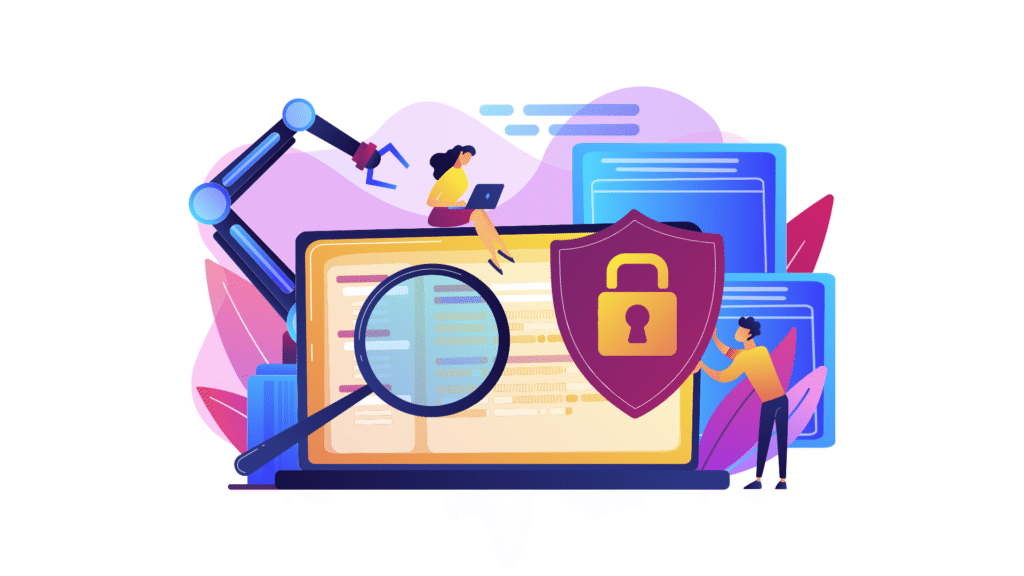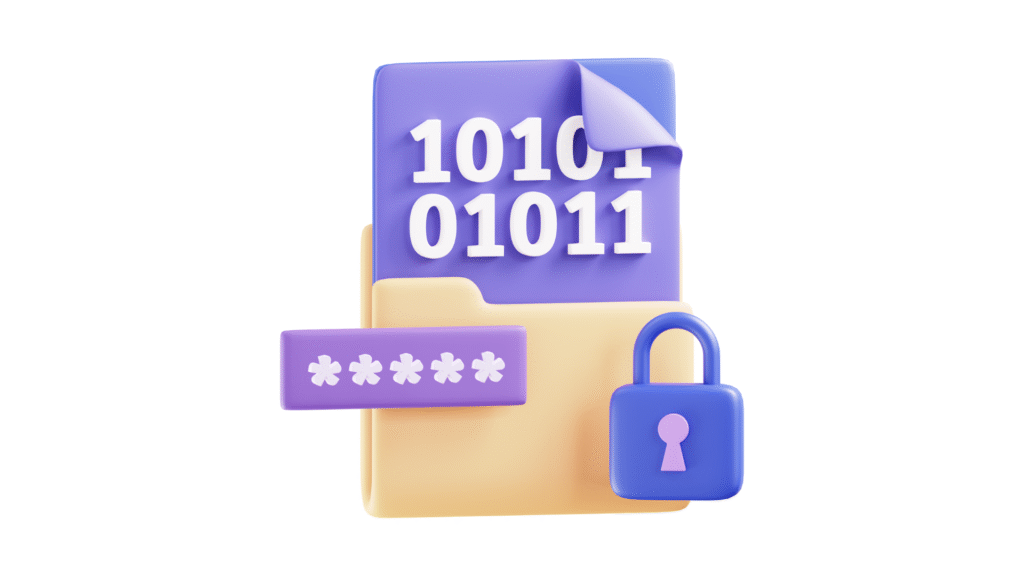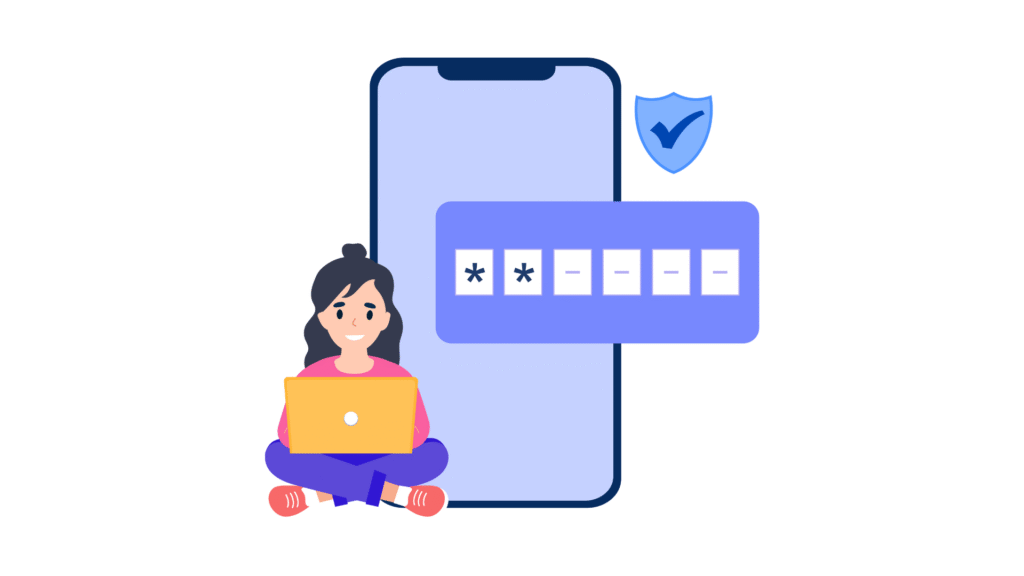




 From E to H, these cybersecurity elements deepen our digital resilience. Encryption protects our data, firewalls shield our networks, good habits shape our safety routines, and effective incident handling ensures quick recovery. Together with the ABCD principles, they form a solid roadmap for navigating the online world securely. Stay tuned for more such content.
From E to H, these cybersecurity elements deepen our digital resilience. Encryption protects our data, firewalls shield our networks, good habits shape our safety routines, and effective incident handling ensures quick recovery. Together with the ABCD principles, they form a solid roadmap for navigating the online world securely. Stay tuned for more such content. 